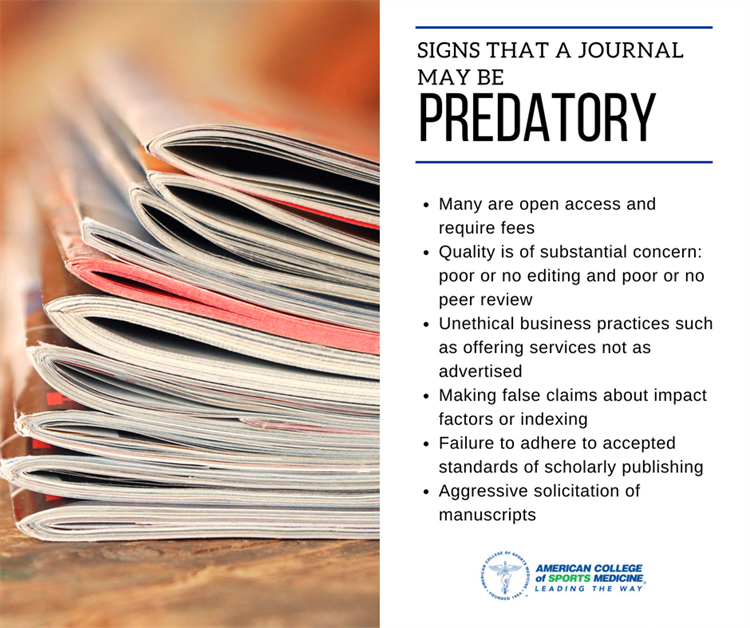DailyPost 848
PREDATORY PUBLISHING
Its very difficult to make a final statement on what ails the Indian educational system. A different issue crops up every now & then. Paper leaks, mass copying, bizzare evaluation has all become a passe, nonetheless, remedial and correctional actions are taken to stem the rot. The reputation of the educational system is still maintained with few dents here and there. But all these has been restricted to the students. Teachers and more so in higher education always got the respect they deserved. The salaries too have gotten attractive. With all that, there is a serious ailment which is eating the vitals of the higher education system.
The epidemic is Predatory Publishing. India has very few univs in the world’s top 500. Main reason being lack of faculty’s high quality research and publications. In 2010 UGC in a well meaning move introduced Academic Performance Indicators which made research compulsory for teachers. Nine years down the line India has the dubious distinction of being “one of the biggest global hubs” of predatory publishing. This study was done by a consortium of media houses including New Yorker, Le Monde and the Indian Express. Such journals would publish anything for a small fee and has grown exponentially to become a global menace.
American library science professor Jeffrey Beall’s efforts got widespread attention to this issue. He maintained and regularly updated a website for shady publications. Though brought down due to “intense pressure”, from his employer, the University of Colorado, Denver, the content is now available elsewhere. With research and publishing made compulsory, the teachers took the easiest route, of publishing in journals of doubtful integrity. Though doubts have been raised on the quality of research for long, a headline of Nature Asia really captured the popular sentiments, “India tops submissions in predatory journals.”
Different figures are being cited as 27% in the field of bio-medicine or 35% of all articles published in various kinds of fake journals between 2010 and 2014. The reports will vary and so would be the defences. All that matters to us is erosion of credibility and disrepute in which the research has landed. With the fence eating the crop, who will guide the next generation and can research recover from the morass it is in?
IN THE SANCTITY FOR RESEARCH IS THE SANCTITY OF THE ACADEMCIAN & HIS INSTITUTIONS.
Sanjay Sahay

